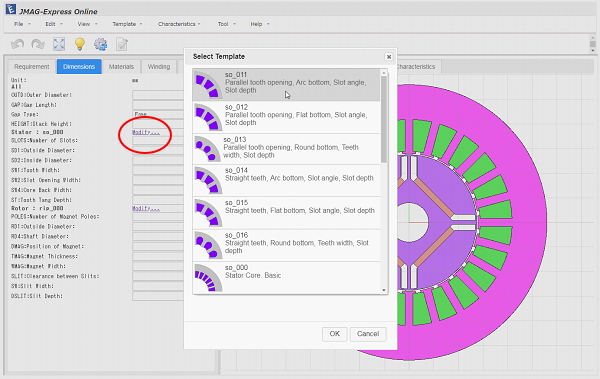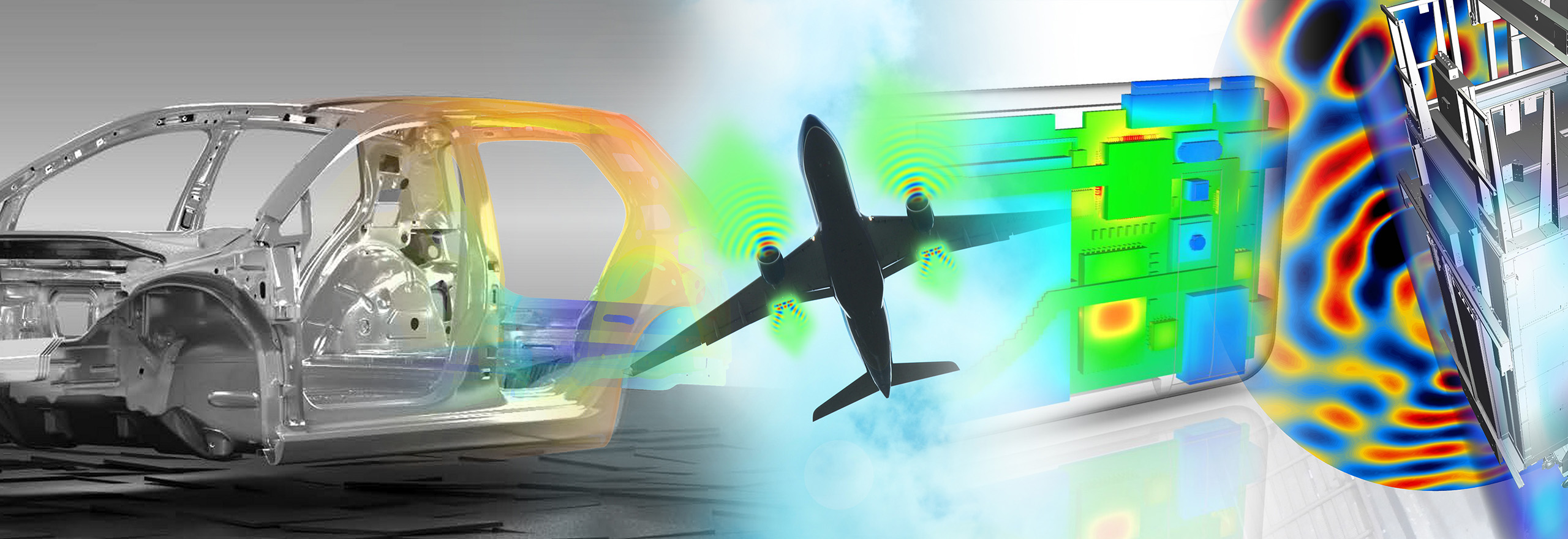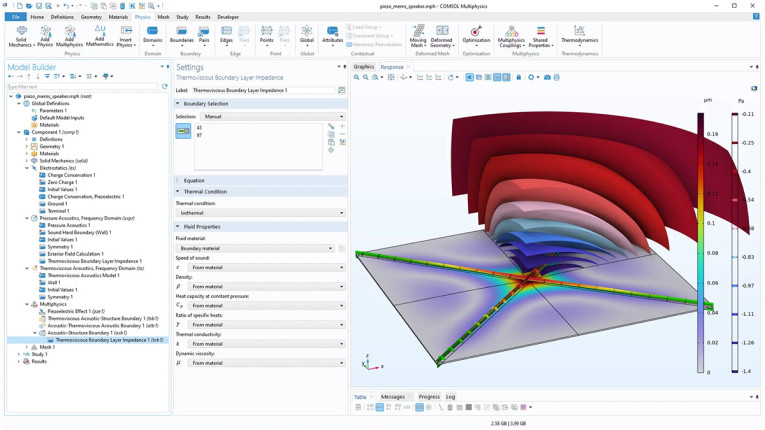CAE in Engineering Design: Suggested Software Options Based on Simulation Needs
During product development, predicting a product’s behavior before physical production is a key factor that helps businesses save time, reduce costs, and improve design quality. That’s why CAE (Computer-Aided Engineering) has become an indispensable tool in modern engineering.
During product development, predicting a product’s behavior before physical production is a key factor that helps businesses save time, reduce costs, and improve design quality.
That’s why CAE (Computer-Aided Engineering) has become an indispensable tool in modern engineering.
1. Why CAE Matters
CAE enables engineers to simulate, analyze, and optimize designs in a virtual environment, allowing them to identify issues in durability, thermal performance, dynamics, or impact before physical production begins.
As a result, companies can:
- Save development costs: Minimize prototypes and shorten design cycles.
- Enhance technical quality: Detect and fix potential issues early in the conceptual phase.
- Accelerate time-to-market: Streamline testing and approval processes.
- Drive innovation: Validate complex design ideas that would be difficult or costly to test physically.
2. Key Criteria for Choosing a CAE Software
When selecting a CAE software, businesses should evaluate several factors to ensure it aligns with their technical goals and budget:
- Simulation scope: Covers analysis types such as structural & durability, fluid dynamics (CFD), electromagnetics, or multibody dynamics.
- Integration level: Seamlessly connects with existing CAD/PLM systems.
- Ease of use: Offers an intuitive interface that supports both beginners and advanced users.
- Computational performance: Utilizes powerful hardware and supports parallel or cloud-based simulation.
- Cost and licensing: Balances functionality, accuracy, and budget considerations.
3. Leading CAE Solutions in the Market
Today’s market offers a wide range of CAE software for different simulation needs—from structural and thermal analysis to fluid, electromagnetic, and multiphysics simulation.
Below are five widely adopted CAE solutions used by engineers and enterprises worldwide.
SIMULIA (Dassault Systèmes)
A leading all-in-one simulation platform, SIMULIA enables users to perform mechanical, thermal, dynamic, and impact analyses within a unified environment.
Thanks to its tight integration with CATIA and the 3DEXPERIENCE platform, engineers can simulate and optimize directly within their product development process—without data conversion.
This makes SIMULIA an ideal choice for companies seeking a powerful, stable, and highly connected CAE solution.

ANSYS
ANSYS is renowned for its accuracy and reliability in solving complex engineering problems.
It supports a wide range of analyses—from FEA and CFD to electromagnetic and thermal simulations—and is widely used across aerospace, automotive, and electronics industries.
With its extensive libraries and advanced solvers, ANSYS is ideal for expert users requiring high precision and control in every step of simulation.
COMSOL Multiphysics
COMSOL focuses on multiphysics simulation, allowing engineers to combine multiple phenomena—such as thermal, electrical, and fluid flow—within one model.
Its flexibility and high customizability make it a top choice for researchers, universities, and R&D-focused companies looking to experiment and develop specialized products.
Altair HyperWorks
Altair HyperWorks excels in design optimization and structural analysis.
It offers intuitive tools for weight reduction, strength improvement, and performance optimization, making it well-suited for mechanical, automotive, and industrial applications.
Its flexible workflow and CAD integration capabilities help companies significantly shorten testing and refinement cycles.
JMAG (JSOL Corporation)
Specialized in electromagnetic simulation, JMAG is the go-to solution for electric motor and machinery manufacturers.
It helps engineers analyze magnetic flux, torque, and energy loss in motor designs—particularly beneficial for EV and robotics development.
With an extensive materials library and high-precision analysis, JMAG provides a clear advantage in optimizing electromagnetic performance from the early design phase.

4. Choosing the Right CAE Software
There’s no single “best” CAE software—only the one that best fits your organization’s needs and capabilities.
- For a fully integrated simulation environment linked with CAD systems, SIMULIA is the top choice thanks to its deep connection with the 3DEXPERIENCE platform.
- For electromagnetic design and motor analysis, JMAG offers unmatched precision and domain expertise.
- ANSYS and COMSOL are excellent for multiphysics and advanced research applications.
- Altair HyperWorks suits companies aiming to optimize structures, reduce weight, and enhance mechanical performance.
CAE not only allows engineers to simulate products, but also to simulate the future—where every idea can be validated faster, safer, and more efficiently than ever before.
Conclusion
In the digital transformation era, CAE simulation is no longer just a design support tool—it’s a strategic foundation for reducing development cycles, lowering testing costs, and improving product quality.
Choosing the right CAE solution is the first step toward turning technical data into a competitive advantage, where every idea can be tested, optimized, and realized.
New System Vietnam (NSV) is an authorized partner of Dassault Systèmes, providing SIMULIA on the 3DEXPERIENCE platform along with comprehensive consulting and implementation services.
If your business is seeking an effective CAE solution tailored to your design process, our experts are ready to assess your needs and propose the optimal approach.
👉 Contact us today for detailed consultation on SIMULIA and other CAE solutions to elevate your company’s engineering capabilities.












